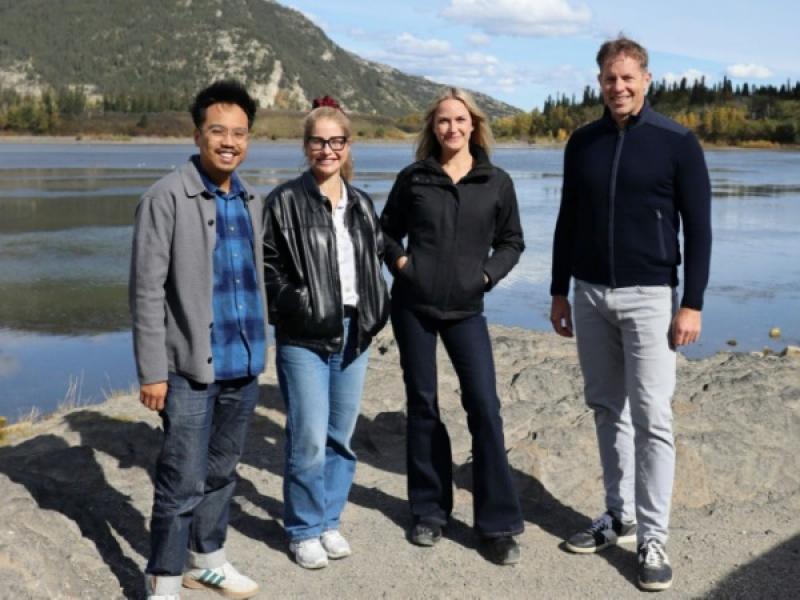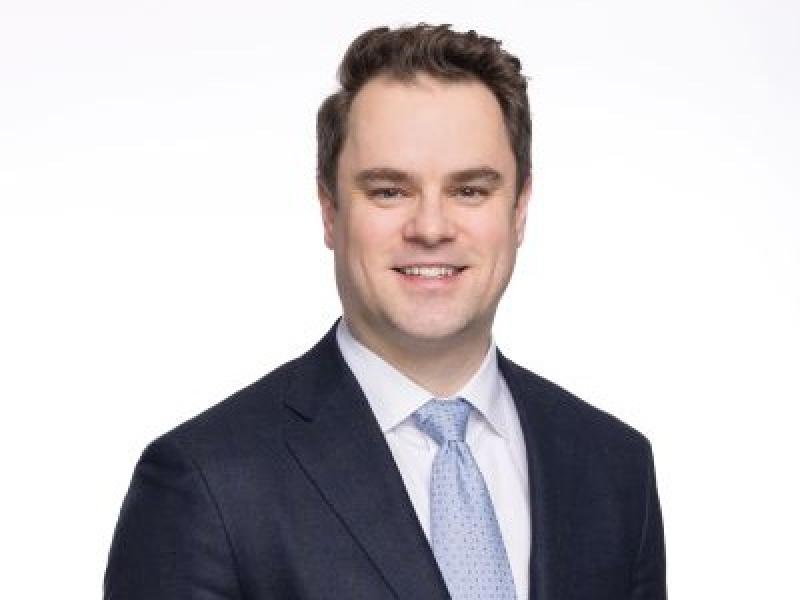
CURA, a Vancouver-based startup co-founded by some of Canada’s climate tech leaders, is championing a technology it says can dramatically slash the carbon dioxide (CO2) emissions produced by cement production.
Named after the Roman goddess of caring, and a play on the curing of cement, CURA's process starts by using renewable electricity to split limestone. It produces a low-carbon version of lime, a cement feedstock, and a stream of pure CO2 that can be stored or used. The aim is to create an accessible, energy-efficient alternative to the carbon-intensive process of producing lime by blasting limestone in kilns powered by fossil fuels.
The technology can reduce the CO2 emissions to produce a tonne of cement by up to 85 per cent compared to traditional production, the company says.
CURA’s founding team includes:
- CEO Erin Bobicki, a former chemical engineering professor who held executive positions at Brimstone Energy and Aurora Hydrogen;
- CTO Phil De Luna, the former chief science and commercial officer of Deep Sky; and
- COO Sabrina Scott, a chemistry PhD graduate from the University of British Columbia who developed CURA’s technology. She was one of 30 scientists recognized by Inflection this year for their work on climate solutions.
The cement industry is responsible for approximately eight per cent of the world’s greenhouse gas emissions. As a hard-to-abate sector, Bobicki said in an interview with Sustainable Biz Canada it is “one of the areas where there’s both a huge problem and an opportunity to make a big difference.”
CURA’s technology
At the core of CURA is Scott, the developer of the technology and the person who assembled its management team over the spring. In an interview alongside De Luna and Bobicki, Scott said as a scientist, there were "a lot of things that I didn’t necessarily know” about starting a company.
In her search for a founding team of seasoned veterans, she reached out to her postgraduate supervisor (and CURA co-founder) Curtis Berlinguette, who advised Scott to talk to De Luna. Then De Luna told Scott to get in touch with Bobicki, who saw the potential impact of the technology.
De Luna, who left Deep Sky in the summer, said he was drawn to CURA because of the practicality of its process at a time when investing in ambitious climate solutions has lost its lustre.
“The best way, pragmatically, to work on climate,” he said, “are to find solutions that use less energy, that reduce emissions, that reduce costs and tackle industrial emissions that (make) a meaningful impact today,” rather than “moonshot projects.”
To integrate CURA’s technology, a cement factory would have a scalable electrochemical module installed adjacent to or in place of the precalciner. Compared to other solutions for decarbonizing the cement industry, Bobicki said CURA's has the advantages of a small footprint, low cost, quick adoption and the ability to bypass regulatory hurdles.
Based on early tests conducted at the University of British Columbia, cement made by the lime produced by CURA’s technology has matched industry standards, she said.
CURA’s plan to scale up
CURA plans to pilot its technology in Canada, starting with a 100-tonne-per-year system expected to begin operations in the next 12 to 18 months. The main goals are to produce feedstock for CURA’s cement industry partners to test and provide engineering data to develop a demonstration facility.
While CURA's co-founders would not disclose the site of the pilot, Bobicki said the company will partner with a Canadian company.
The startup’s next step is to then develop a 10,000-tonne-per-year demonstration and small-scale commercial facility. It will provide the information to scale up the company and the material it plans to offer to small-scale lime producers. CURA expects to have the demonstration facility operating in three years.
By 2030, CURA hopes to ramp up to a 500,000-tonne-per-year project by retrofitting a cement factory.
The company is looking to close a funding round by December, Bobicki said.
‘The only thing you can do is to move faster’
Scott, who is founding her first company, said the experience with CURA has been “super exciting” and she feels “really fortunate to be able to work on a technology that inspired me enough to take the leap.”
De Luna, who told Sustainable Biz Canada in 2024 he joined Deep Sky partly to learn how to create a business, said he learned much from the Montreal-based company that aided in the conception of CURA.
He listed the importance of having a team that is aligned on the same goals and vision for growth, and “obsession with customer” to understand an industry’s pain points.
De Luna also intends for CURA to reach the revenue stage quickly and collaborate with partners to accelerate development timelines.
“As a startup, you don’t have more money than large companies, you don’t have as much reputation, or necessarily a supply chain,” he said. “The only thing you can do is to move faster than everyone else.”
Though CURA is emerging at an uncertain moment for sustainable solutions, Bobicki said someone she respects told her: “If you can launch a business in this environment and be successful and raise funds and commercialize a technology, you will do well because you will have faced some of the hardest things right up front.”










